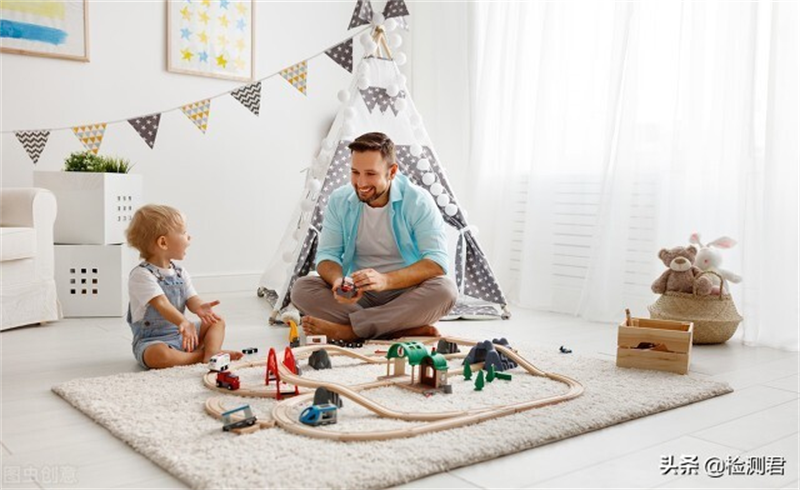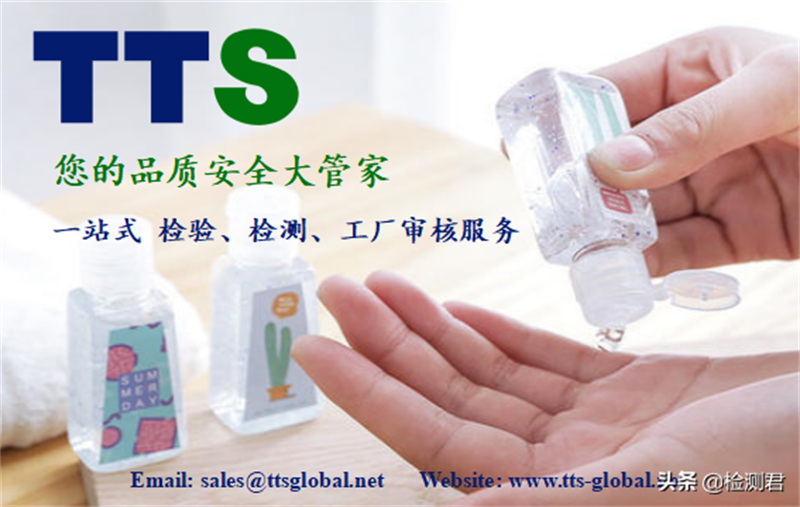List of toy testing and certification in various countries:
EN71 EU Toy Standard, ASTMF963 US Toy Standard, CHPA Canada Toy Standard, GB6675 China Toy Standard, GB62115 China Electric Toy Safety Standard, EN62115 EU Electric Toy Safety Standard, ST2016 Japanese Toy Safety Standard, AS/NZS ISO 8124 Australia/New Zealand Toy Test Standards. Regarding toy certification, each country has its own standards and specifications. In fact, the toy standards are similar to the tests of harmful substances and physical and flame retardant.
The following lists the differences between the American standard and the European standard. The ASTM certification is different from the country in which the EN71 certification is issued. 1. EN71 is the European toy safety standard. 2. ASTMF963-96a is the American toy safety standard.
EN71 is the European Toys Directive: The Directive applies to any product or material designed or intended for play by children under the age of 14.
1、EN71 general standard: Under normal circumstances, the EN71 test for ordinary toys is divided into the following steps: 1), Part 1: mechanical physical test; 2), Part 2: flammability test; 3), Part 3: heavy metal test; EN71 applies to 14 Toys for children under the age of 3, and there are corresponding regulations for the use of toys for children under the age of 3. In addition, for electric toys, including battery-driven toys and toys with AC/DC conversion power supply. In addition to the general standard EN71 test for toys, electromagnetic compatibility tests are also carried out, involving: EMI (electromagnetic radiation) and EMS (electromagnetic immunity).
Relatively speaking, the requirements of ASTMF963-96a are generally higher than those of CPSC and are more stringent. Toys for children under the age of 14. ASTM F963-96a consists of the following fourteen parts: Scope, Reference Documents, Statements, Safety Requirements, Safety Labeling Requirements, Instructions, Manufacturer’s Identification, Test Methods, Identification, Age Grouping Guidelines, Packaging and Shipping, Types of Toys Requirements guidelines, design guidelines for toys attached to cribs or playpens, flammability testing procedures for toys.
ASTM is a certification requirement for products entering the US market: 1. Test method: A defined process for identifying, measuring, and evaluating one or more properties, characteristics, or properties of a material, product, system, or service that produces test results. 2. Standard Specification: A precise description of a material, product, system, or service meeting a set of requirements, including procedures for determining how each requirement is to be met. 3. Standard Procedure: A defined procedure for performing one or more specific operations or functions that do not produce test results. 4. Standard Terminology: A document consisting of terms, term definitions, term descriptions, symbol descriptions, abbreviations, etc. 5. Standard Guidelines: A set of choices or instructions that do not recommend a specific course of action. 6. Standard Classification: Groups materials, products, systems or service systems according to the same characteristics.
Introduction to other common toy certifications:
REACH:It is a regulatory proposal involving the production, trade and use of chemicals. The REACH Directive requires that all chemicals imported and produced in Europe must go through a set of comprehensive procedures such as registration, evaluation, authorization and restriction, so as to better and simply identify the components of chemicals to ensure environmental and human safety.
EN62115:Standard for Electric Toys.
GS certification: certification required for export to Germany. GS certification is a voluntary certification based on the German Product Safety Law (GPGS) and tested in accordance with the EU unified standard EN or the German industrial standard DIN. It is a German safety certification mark recognized in the European market.
CPSIA: The Security Improvement Act signed into effect by President Bush on August 14, 2008. The Act is the toughest consumer protection bill since the establishment of the Consumer Product Safety Commission (CPSC) in 1972. In addition to stricter requirements for lead content in children’s products, the new bill also makes new regulations on the content of phthalates, a harmful substance in toys and child care products. Toy Safety Standard ST: In 1971, the Japan Toy Association (JTA) established the Japan Safety Toy Mark (ST Mark) to ensure the safety of children’s toys under the age of 14. It mainly includes three parts: mechanical and physical properties, flammable safety and chemical properties.
AS/NZS ISO8124: ISO8124-1 is an international toy safety standard. ISO8124 consists of three parts. ISO8124-1 is the requirement for “mechanical physical properties” in this standard. This standard was officially released on April 1, 2000. The other two parts are: ISO 8124-2 “Flammability Properties” and ISO 8124-3 “Transfer of Certain Elements”.
Post time: Aug-13-2022







